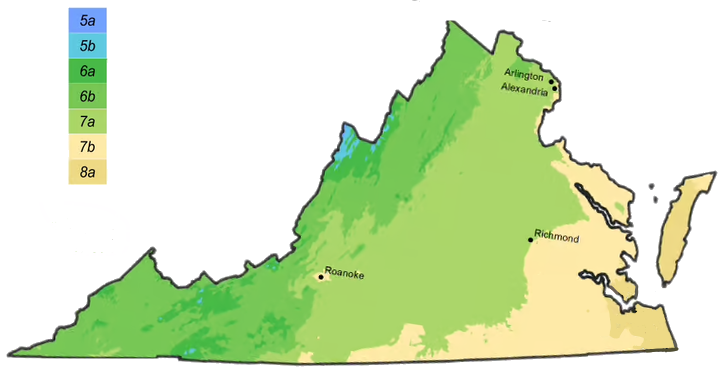Common Name
Sand hickory
Pale hickory
Plant Form
Large Trees
Duration
Perennial
Max Height (ft)
100.0
Growth Rate
Slow
Region
Coastal
Piedmont
Mountain
Hardiness Zone
5,
6,
7,
8,
9

Additional Info
Often found in dry, sandy, or gravelly soils. This tree has a straight trunk and a dense crown. These trees are relatively late coming into leaf and lose their leaves early in the autumn, but while the leaves are present, the trees cast a heavy shade making them suitable for planting as a shade tree or in a mixed woodland setting. Common in the Coastal Plain; rare in the Piedmont; disjunct to Lee County in the far sw. mountains.
Wildlife value: The fruit is eaten by birds and squirrels.
Edibility: The seed can be eaten, raw or cooked, and has a sweet flavor.
Bloom Time
Spring
Light Requirements
Full sun
Moisture Requirements
Moist
Soil Texture
Clay
Loamy
Sandy
Low Maintenance
Yes
Seed or Fruit eaten by wildlife?
Yes
Number of Lepidotera Species Genus Supports
200
Top 30 for Pollen Specialist Bees?
Yes
Recommended for